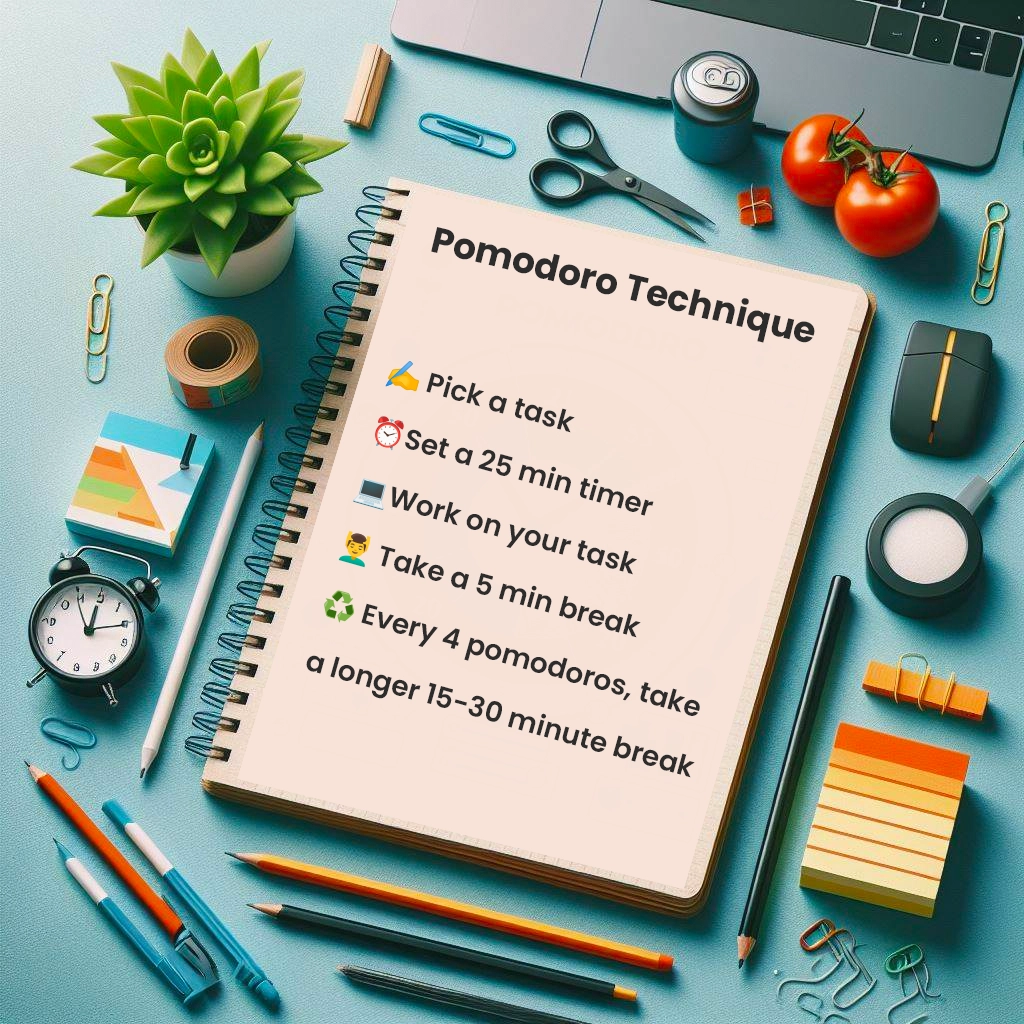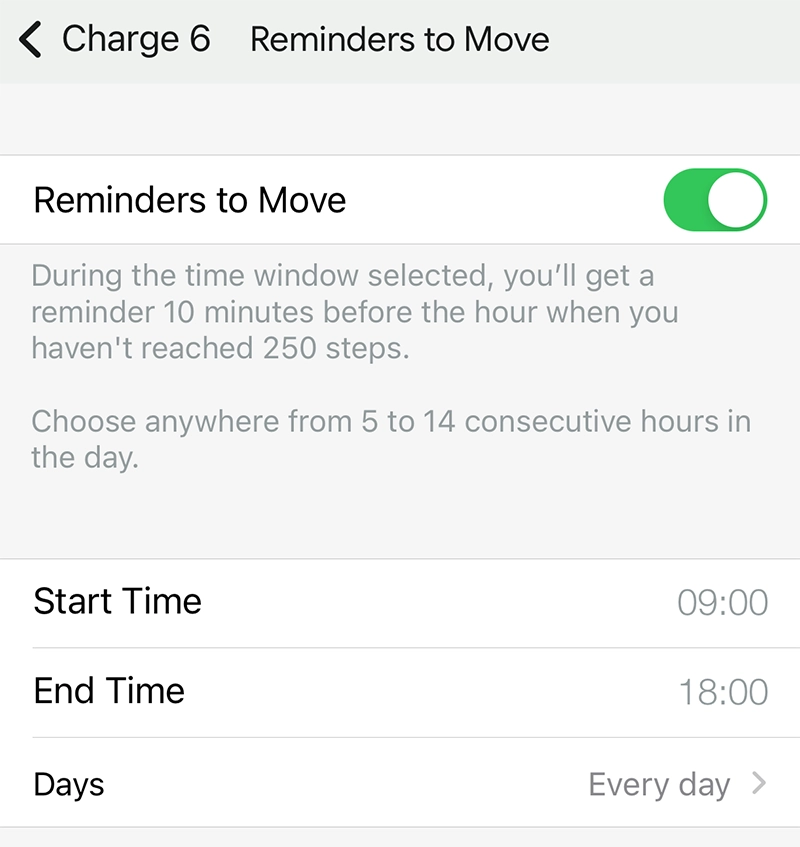
Incorporating activity into your daily remote work routine is essential to avoid aches and pains further down the line.
At a bare minimum we should be looking to add movement breaks into our schedule, especially if you spend a lot of time in a sedentary position.
The Benefits Of Movement Breaks
Here are some of the impressive benefits of adding regular movement breaks:
- Improved posture
- Higher energy levels
- Reduced stress levels
- Improve focus
- Benefits mental health
According to MCU:
Employees stepping away from work for a few minutes increases their productivity, job satisfaction, mental health and well-being, and are overall more engaged in their work
How Often Should You Move
According to No More Pain Ergonomics we should move for 5-10 minutes every hour and for at least 40-80 minutes in an 8 hour working day.
With meetings and intense periods of work, that might not always be possible.
You should definitely aim to move at least every 2 hours, though.
It can be tough to do and sometimes we just plain forget.
Luckily there’s a number of ways we can build in movement habits into our routines to keep our bodies limber.
How To Incorporate Movement Breaks
Standing desk
A standing desk will take you out of a sedentary position and you’ll naturally move more often when stood up.
It’ll also give you more freedom of movement to stretch and keep your blood flowing – You burn more calories when you’re upright too!

You can find adjustable desks so that you don’t have to commit to a full lifetime of standing!
Every Time You Get Up
This one’s my favorite.
Whenever I get up to go to the toilet or get a drink/something to eat, I spend about 5 minutes doing some quick stretching and give my limbs a good shake.
As I get up about 8 times per day, it gets me close to the recommended movement time previously mentioned by tagging on some mild activity when I’m already up anyway.
Pomodoro Technique
The Pomodoro Technique involves 25 minutes of intense focus followed by a 5-minute break in a repeated cycle of 4 times.

The 5 minute break is best spent away from your desk focusing your mind on something else.
This can be a great method to boost productivity and build regular movement breaks into your daily routine.
Under Desk Treadmill
I’ve been wanting to get one of these for a while.
They’re quite compact and lightweight meaning that you can easily transition from a 10-15 minute walk back to a seated position.
It’s a bit more of an intense option, but a fantastic way to get steps in intermittently throughout the day.
Commute
If you’re able to and have an office you can go into, it might be worth heading in a bit more frequently.
My step count when I go into the office is about 4x as high as when I’m at home.
It’s not so much a ‘break’ in the traditional sense, but it’s a break in your work from home days that will help add some additional activity to proceedings.
Seated Movement Breaks
If you’re looking to squeeze some movement breaks in quickly whilst you’re working without having to get up, here’s some stretches you can try.
The Role Of Devices
I’m guilty of the odd 3 hour stretch where I’m working away at something and I don’t even notice how much time’s past – or I do but I stay sat on my ass anyway!
This is where technology comes in.
My Fitbit’s like a nagging teacher when it pings me a reminder to move every hour, but having it do so means I get up a lot more often than before I had it.

Here’s how to set up reminders to move on some commonly used devices:
Movement Breaks Conclusion
If you’re looking for some movement that’s a little more rigorous, check out this article on work from home exercise ideas.
Frequently Asked Questions

James Waite
Founder of Remoteopia, James has worked in remote roles for 6 years. After a stint in recruitment, he now works as a director of website strategy in tech.




